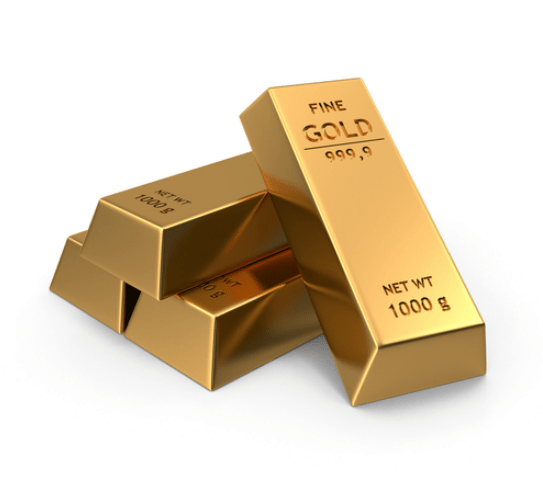
Sign up to begin your Journey with a MOH

Create an account to enjoy a personalised shopping experience and faster online checkout.
Gold is a timeless classic precious metal carrying a long history and a prestigious heritage value to mankind. It has been worn as jewellery for thousands of years and used in the minting of other ornamental embellishments and adornments. It is known well for its natural yellow tint and the minting convenience which helps in making the most intrinsic jewel designs around the globe. It is widely used metal in jewel craft, in use for ages and is yet to tarnish in its charm and magnificence. Gold was valued in the ancient times and continues to be rated highly in the modern day world where various other metals have risen to glory and new alloys have been developed. Gold was the primary jewel metal and remains the same. It is a precious metal with a cultural value like none other.
Gold is the most used metal when it comes to jewel craft. There is no question on the value and significance of this metal and so it makes a perfect choice for anyone who values traditional as well dynamic jewel designs, lifelong gleam and something typically enchanting. Known to be the first metal used by humans, along with silver, gold has been valued much for its physical properties which assist in jewel craft excellence with this metal.

Gold is known to have one of the highest metal densities which make it the most convenient for jewel minting and stone embedding. It can hold the densest gemstones with ease and without breaking away. It is very pliable and ductile which makes it very suitable for wire crafting and other delicate jewellery designs.
Gold in its purest form is too soft daily usage, it can easily break away. It is because that even though gold is one of the toughest metals it is the most pliable as well. In its purest form, gold is the easiest to mould and a hard touch can easily chip off its strands in delicate gold designs.24 carat gold, the rarest around the globe, is regarded as the purest form of gold and hence the softest and the most easily mouldable. Gold is hardened by making it into an alloy form instead of using it as the pure elemental form. Usually, the elemental forms of copper, zinc, nickel and silver are used to alloy gold into a more usable form. Karat (Carat) is the universally approved scale for classifying the purity of gold. It is 100% for 24 carat gold which implies that it does not contain impurities.
24 Karat gold is free from all impurities and is 100% pure piece of gold. In other words, all 24 parts of gold are completely free from the traces of other metals. It has a bright yellow colour and is considered to be 99.9% pure. 24K gold has a low density as compared to 22K or 18K and is therefore soft so it is merely used for making jewellery.
22 Karat Gold features 22 pure gold parts out of 24. The remaining 2 parts are composed of other metals. It is generally assumed to be 91.67% pure. The impure parts may contain silver, nickel or zinc. It is used for jewellery but still is not good to be used in combination with diamond.
18 out of 24 parts are pure gold and the remaining 6 parts (25%) are composed of other metals (mainly copper or silver). In simple words, it is 75% pure gold. Its price is low as compared to 24K and 22K. 18 Karat gold is mostly used for making jewellery as it is found suitable for heavy studded items in combination with diamond and gemstones. The colour of 18 Karat is slightly dull. The jewellery is marked by 75%, 750 or 0.75 to stamp in order to make it easily recognisable as 18K or 75% gold.

The colour of gold is typically yellow. However, the purest 24 carat gold is the uniqueness of this tint. The colour of gold is determined by the alloyed metals as well as the percentage of these metals used. Precious metal available in White Gold, Yellow Gold and Rose Gold.

Gold is a strong alloy metal, as used in jewellery, which is sensitive to harsh chemicals as chlorine. It is advised to remove gold jewellery before use of such chemicals.
Start with your favourite stone shape
A complimentary, no-obligation consultation with
your personal design consultant